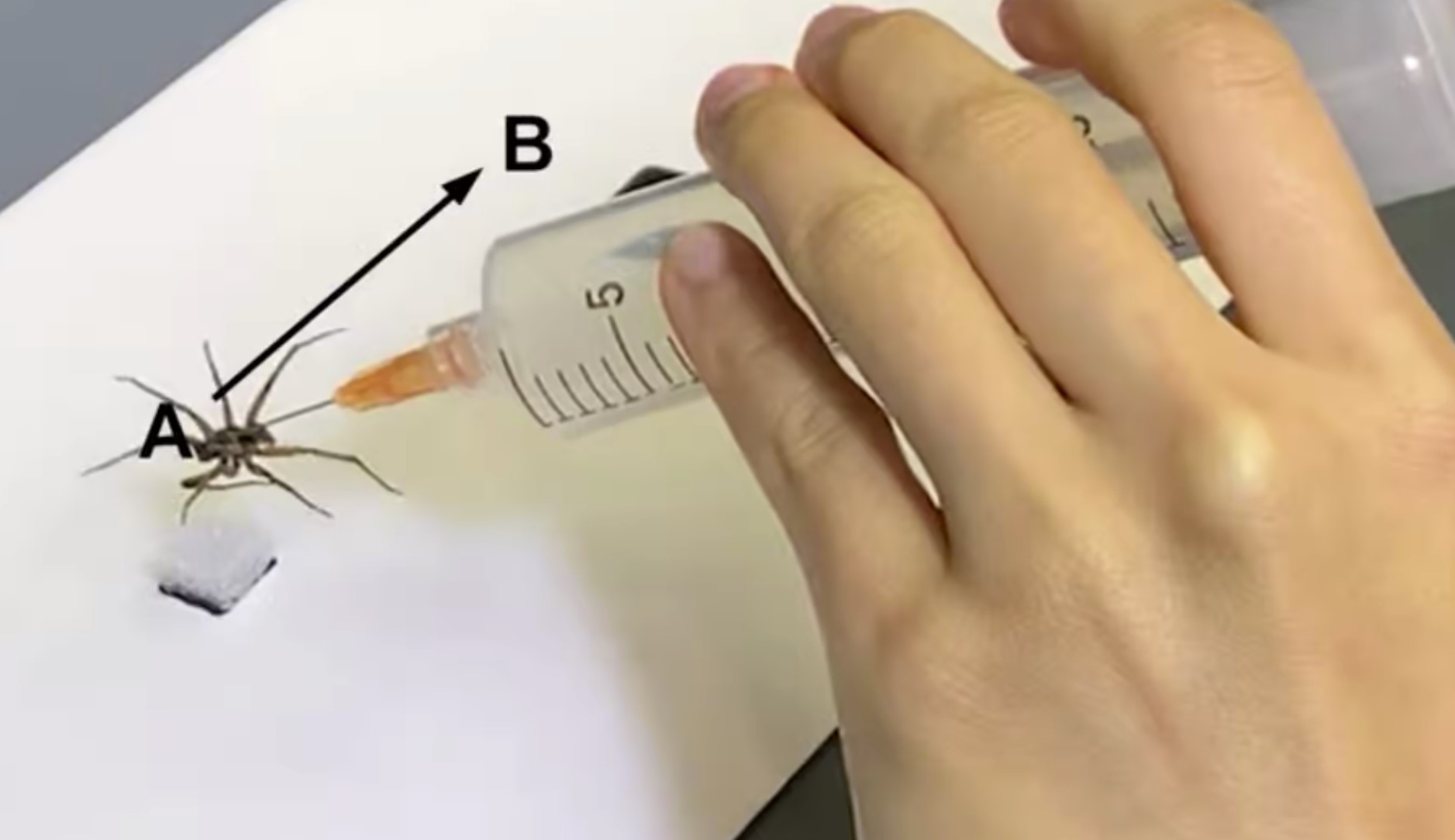Scientists created tiny robotic grippers from dead spiders

While we've seen a variety of robotic grippers based on different animals, US scientists have taken a much more "straightforward" approach. They've created a way to use actual deceased spiders to handle tiny objects with precision.
Spiders, unlike mammals, which flex and extend opposing muscles to move their limbs, utilize hydraulic pressure to do so. The prosoma chamber, which is located near the head, sends blood into the legs as it shrinks – this causes the legs to expand. When the pressure is removed, the legs return to their original position.

A team of scientists at Rice University in Texas, led by Asst. Prof. Daniel Preston and Faye Yap, set out to see whether they could manually induce such movements in dead wolf spiders. The field of study has been dubbed "necrobotics."

The procedure begins with the euthanasia of a spider, after which a needle is inserted into its prosoma chamber. A drop of glue is then dropped at the puncture site to keep the needle in place. A small amount of air is injected into the chamber using a syringe connected to that needle, causing the legs to spread open. When air is pulled out of the chamber, the legs close. The spider-based necrobotic grippers have been able to lift over 130% of the spider's own body weight in testing so far.
In order to maintain the grip on blood, a spider's carcass lasts approximately 1,000 open/close cycles before its tissues degrade. It is hoped that applying a polymer cover would extend the life of the necrobotic grippers. The necrobotic gendrills could have some practical applications in addition to being a terrifying scientific research subject.
Source: newatlas.com